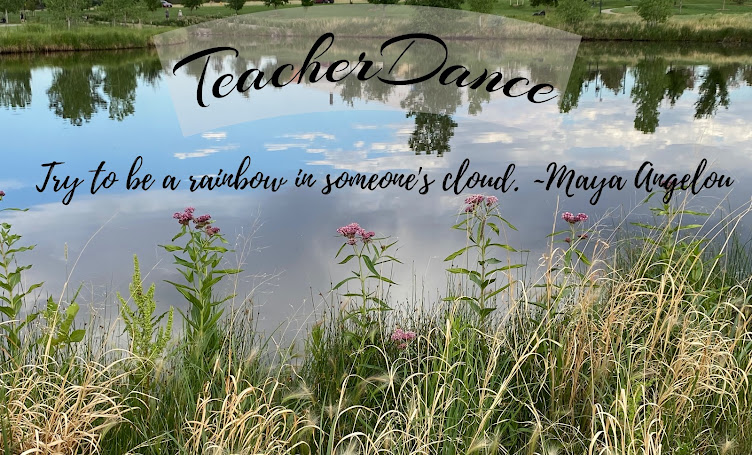 Visit Alyson Beecher on Wednesdays for Non-Fiction Picture Books at Kidlit Frenzy. Thanks to her hosting and sharing and those who add their posts, you can discover and celebrate terrific nonfiction picture books! I always learn from these books, am happy that they are more and more available today for children, for everyone!
Visit Alyson Beecher on Wednesdays for Non-Fiction Picture Books at Kidlit Frenzy. Thanks to her hosting and sharing and those who add their posts, you can discover and celebrate terrific nonfiction picture books! I always learn from these books, am happy that they are more and more available today for children, for everyone!
I'm happy to highlight Laura Purdie Salas' new rhyming poetry book, thanks to Laura, NetGalley and Lerner Publishing Group for the ARC. It comes out officially in early September, will be a great start for students to begin learning about animal preparation for winter. Yes, they will begin in September. Autumn arrives on September 23rd in North America.
Laura's clear and brief poems show her expertise in relaying pertinent and interesting information for young readers. She's divided winter preparation behavior into three parts, and then includes differences within those categories. With a shout-out to all the wonderful things one can do in autumn, a shout to do them because it's time for a change! "The banquet of autumn will soon fade away", it's time to turn the page (and season) to discover those animals that migrate to warmer places. The hummingbird doubles its size to have strength for the long journey, the monarch flies south to mate and ensure future families. I imagine children will love these familiar beginnings, then be eager to learn more.
Others do migrate, like the blue whale, swimming many miles to warmer water. We think miles, but another kind of migration only means to 'dig deeper', as worms do. They "Vacuum dead leaves like a super-slow sweeper/Forget going south. Just wiggle down deeper!" Each spread offers a second bit of prose information about each animal.
Animals, of course, don't always move; some do other kinds of preparation, eating more and more in order to take naps, short ones in a den with a stash of seeds and nuts like chipmunks or long ones, like bears. These hibernating animals are known more than others, but Laura's choices continue to suprise as she did with the worm above, this time with the Northern Wood Frog who amazes as a "frog icy pop".
Much information is given in the poems, the small bits of information adds to them, and Claudine Gévry's illustrations illuminate in her soft pastels. She places the animals in settings that show the habitat and the action, like a tiny mouse stocking up its pantry, gathering seeds on what looks like a warm autumn day, then tunneling to its cozy den, Laura writes, "Hope that your tunnel doesn't collapse."
It's challenging not to tell about every bit of this book that is perfect for autumn learning. It's entertaining with Laura's clever wordplay shown in each poem. Here's one more sample in the final section, animals that stay and change with the colder weather, this time about moose: "Grow a new coat that's cozy and warm./Stay toasty no matter how brutal the storm."
There is expanded information in the Backmatter. It would aid a plan for further research into these animals' lives or jumpstart wider research about animal behavior prepping for winter. Laura offers a glossary, explains three survival strategies, and a short piece telling more of these amazing survivors. It's terrific!





























